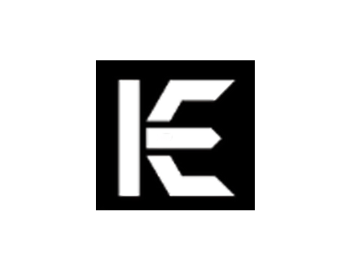Non-Destructive Testing Services
Non-destructive testing (NDT), also referred to as non-destructive examination (NDE), is a set of techniques used to evaluate the properties of a material, component, or system without causing damage to its integrity. These methods are crucial in a variety of industries to ensure the reliability, safety, and performance of materials and structures.
NDT is employed during manufacturing, construction, and in-service inspections to detect and assess defects, discontinuities, or irregularities without compromising the functionality or structural integrity of the inspected item. NDT/NDE is an effective tool that can prevent structural failures before they occur and provide clients with quality assurance.

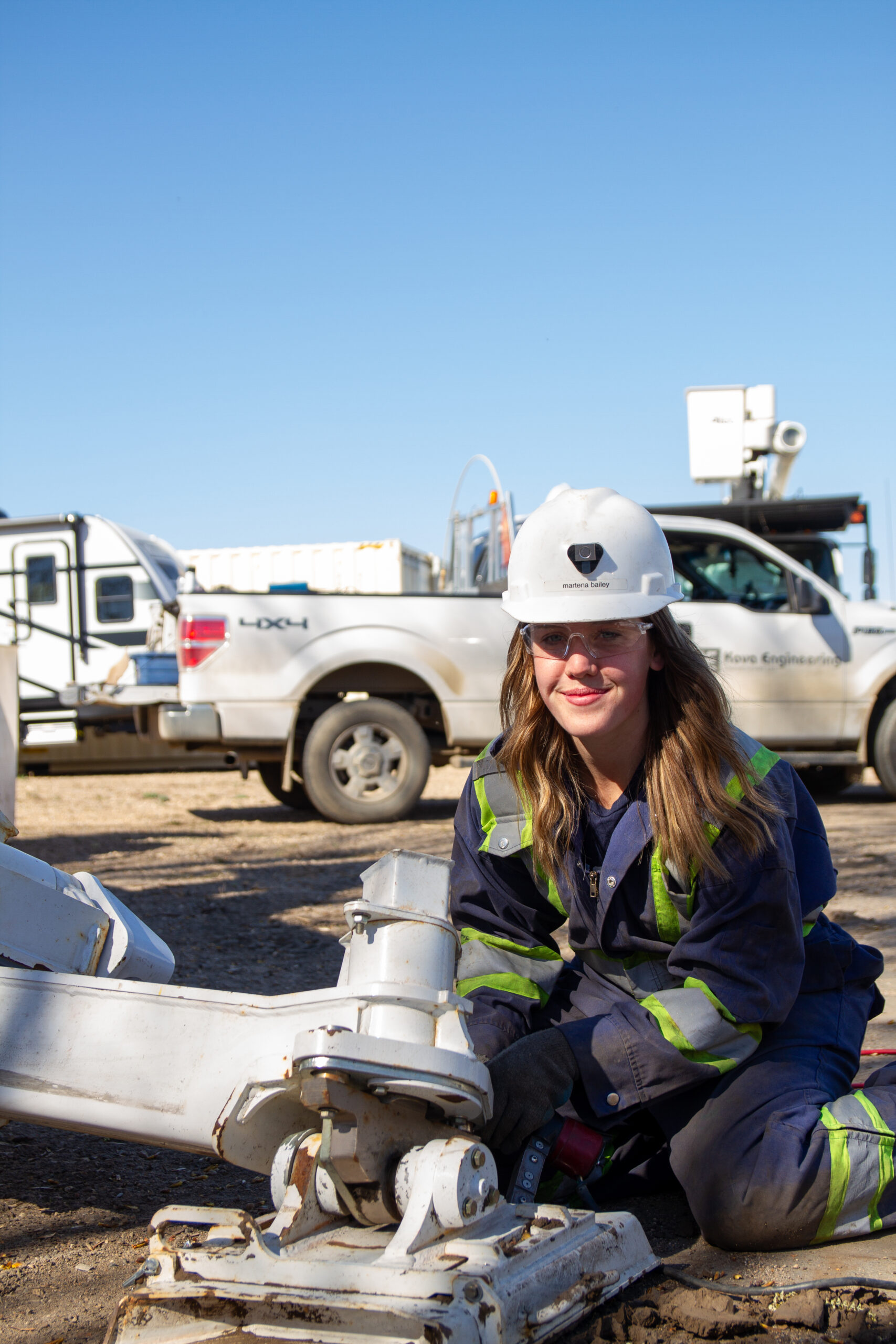
Expect Quality
As an NDT company that meets the quality control requirements of CSA W178.1, our company has undergone a review and qualification process to ensure that we meet the requirements specified in CSA standards. Quality is our commitment to you. Kova Engineering (Saskatchewan) Ltd. is audited and approved by the CWB on the following criteria:
- The qualifications and experience of our personnel (CSA inspector is CSA W178.2 certified)
- Welding inspection procedures
- Equipment maintenance and calibration
- Records creation, maintenance, and retention
- Client complaint record systems
Our technologists and technicians are certified to Canadian Welding Bureau (CWB), American Welding Society (AWS), and Canadian General Standards Board (CGSB) standards for inspection methods such as:
- Visual (Level 3)
- Magnetic particle (Level 2)
- Liquid penetrant (Level 2)
- Ultrasonic (Level 1)
Looking for Something Specific?
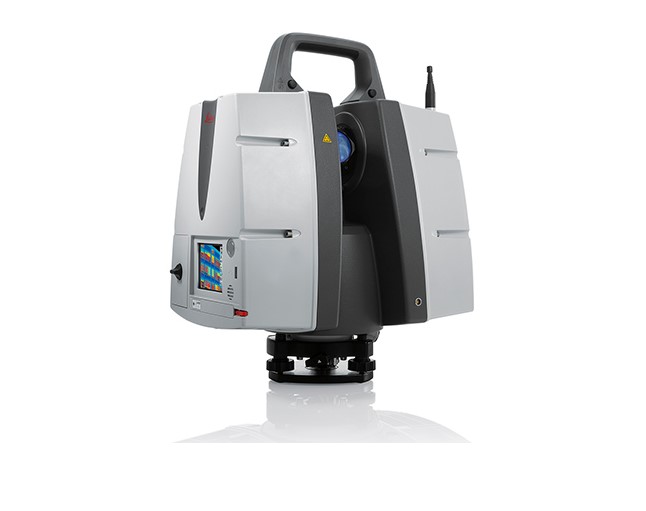
Visual Weld Inspection
Visual inspection is a crucial non-destructive testing (NDT) method that ensures weld quality in accordance with applicable welding codes and standards. This process relies on the expertise of certified professionals who meticulously inspect the surface of welds for any indications of deficiencies or irregularities that could undermine functionality and/or are outside of the allowable tolerances provided in the project scope.
Kova Engineering (Saskatchewan) Ltd. employs certified inspectors who excel in visual welding inspection. These professionals are trained to identify and document anomalies, including cracks, overlap, undercut, incomplete fusion, and other anomalies that may affect structural performance or safety. The effectiveness of this inspection method lies in its straightforward approach, providing immediate and clear insights into the condition of the inspected materials. Despite its simplicity, this technique demands extensive knowledge and skill to accurately interpret findings and recommend appropriate corrective measures. Consequently, it plays an essential role in preventing failures, ensuring operational efficiency, and maintaining high safety standards across a variety of industries.
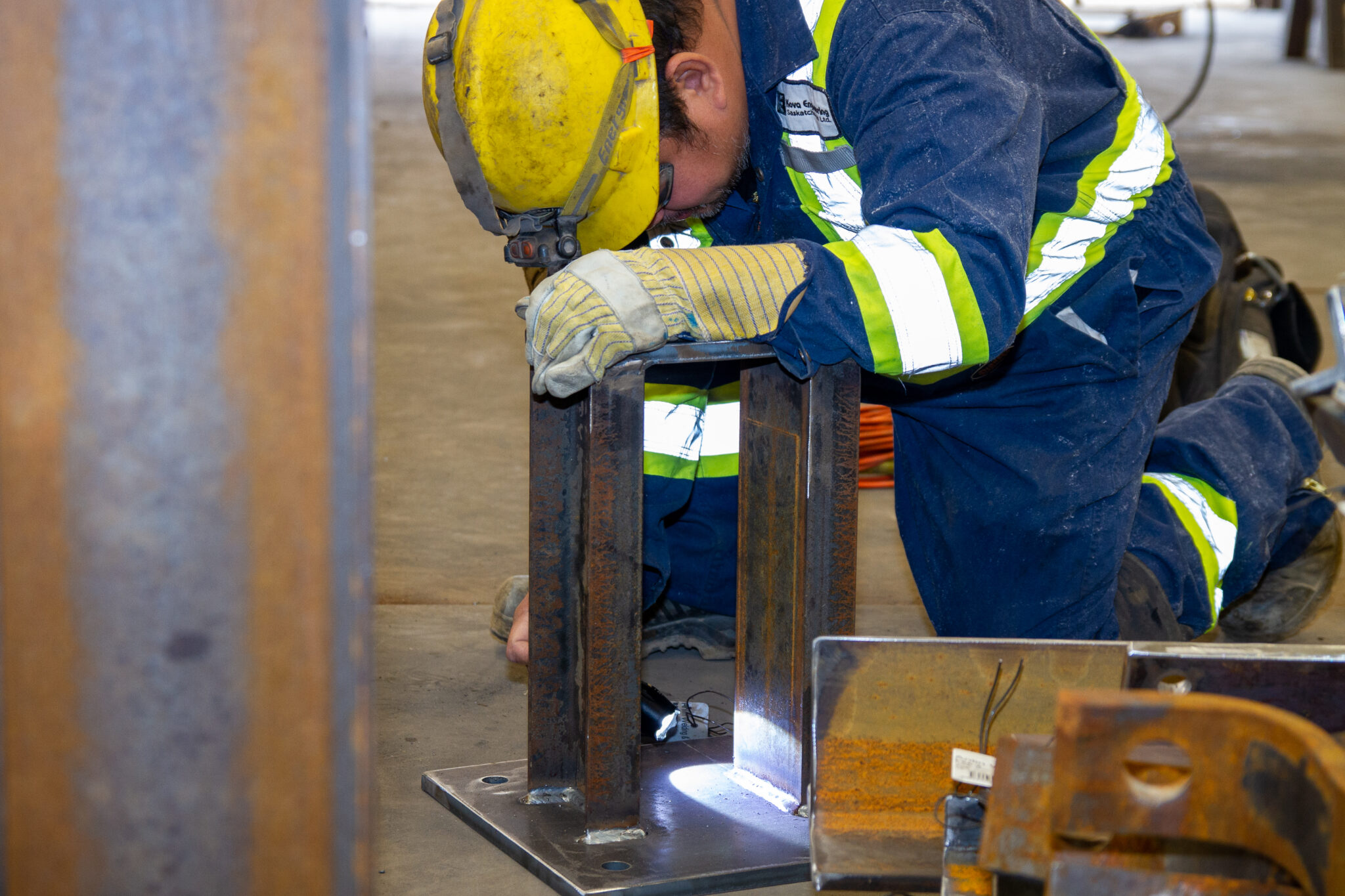

Magnetic Particle Testing
Magnetic Particle Inspection (MPI), also known as Magnetic Particle Testing (MT), is a highly effective non-destructive testing (NDT) method for identifying surface and near-surface defects in ferromagnetic materials. This method is essential in detecting discontinuities such as cracks and seams in various products, including welds, castings, and wrought items. The MPI process involves magnetizing the material under examination and then applying ferromagnetic particles, either as a dry powder or a liquid suspension. These particles gather at locations where magnetic flux leakage occurs, typically at defects, thus making them visible under suitable lighting conditions.
At Kova Engineering (Saskatchewan) Ltd., our inspectors are certified to MT Level 2, demonstrating their advanced proficiency in handling diverse MPI equipment. These experts are capable of performing and supervising MPI procedures, ensuring precise adherence to established standards and accurate equipment calibration. They meticulously interpret and evaluate the test results in compliance with applicable codes, specifications, and procedures, ensuring reliable defect detection. This level of specialization is vital for providing thorough assessments of material integrity, thereby enhancing the safety and dependability of industrial structures and components.

Liquid Penetrant Testing
Liquid Penetrant Testing (LPT), also known as Dye Penetrant Inspection (DPI) or Penetrant Testing (PT), is a prominent non-destructive testing (NDT) technique designed to detect surface breaking defects in non-ferrous materials. Liquid Penetrant Testing (LPT) involves applying a liquid with exceptional surface wetting properties to the material under inspection. This liquid penetrates surface flaws such as cracks, laps, seams, or porosity through capillary action, enabling the detection of defects that might otherwise go unnoticed.
The procedure starts with a cleaning of the test surface to remove any contaminants that might interfere with the inspection. Once the surface is prepared, the penetrant is applied and allowed to dwell, seeping into any surface discontinuities. After the dwell time, excess penetrant is carefully removed, and a developer is applied to the surface. This developer acts like a blotter, drawing the penetrant out of the defects to form visible indications. Under appropriate lighting, these indications become clearly visible, allowing for the identification and documentation of surface flaws with high precision.
Kova Engineering (Saskatchewan) Ltd. Employs PT Level 2 certified inspectors who are experts at performing LPT. These professionals are trained to handle a wide variety of materials, including metals, plastics, and ceramics, making LPT a versatile and invaluable tool in quality assurance. The methods ability to reveal minute surface discontinuities ensures the integrity and reliability of critical components across numerous industries, where maintaining high
standards of safety and performance is paramount.

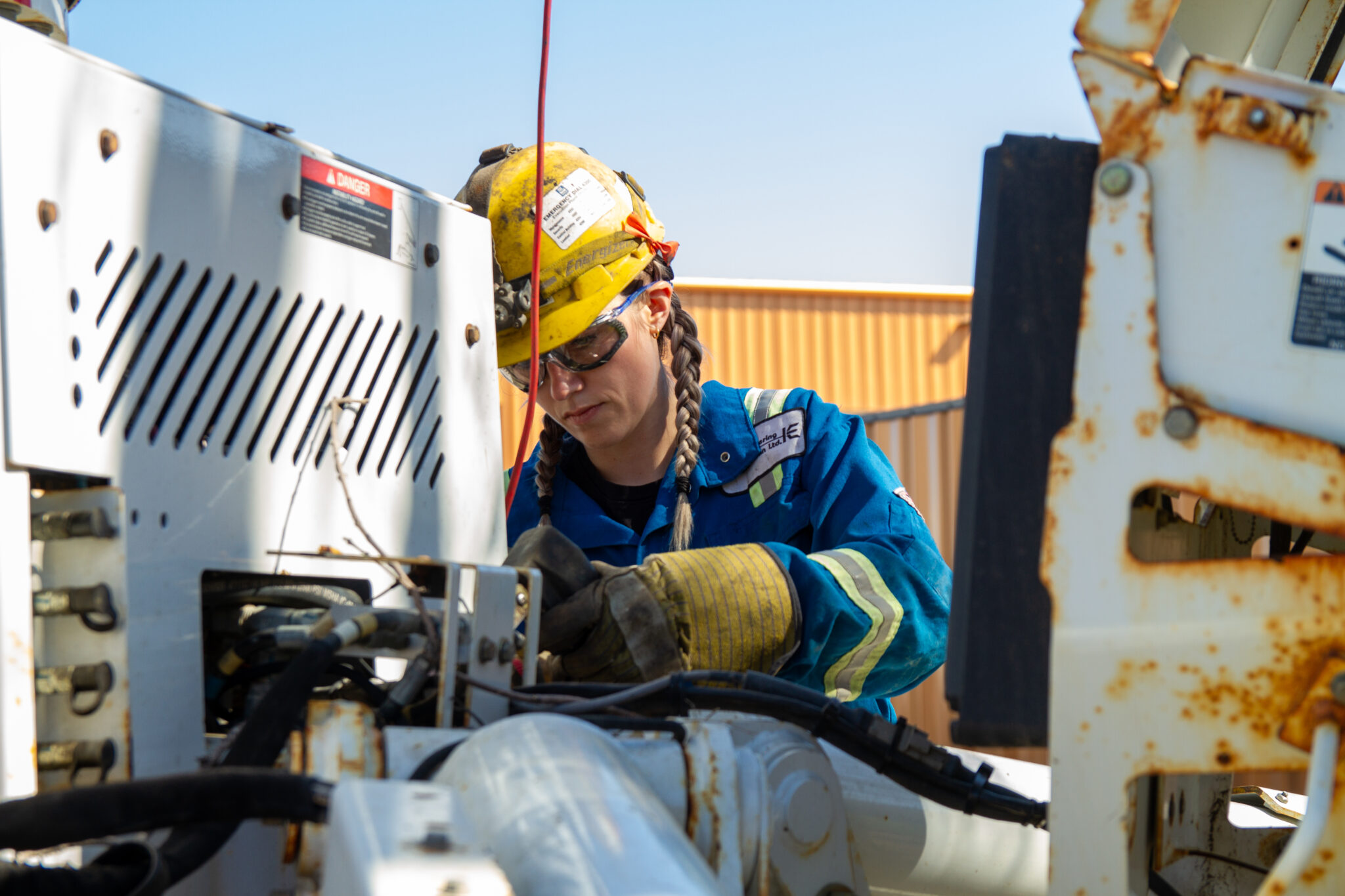
Ultrasonic Testing
Ultrasonic Testing (UT), a non-destructive testing (NDT) method, is essential for identifying internal and surface defects in various materials. This technique operates on the principle of high-frequency sound wave propagation, where sound waves are transmitted into the material being examined. UT is renowned for its sensitivity and capability to deliver detailed information
regarding the location, orientation, size, and nature of defects.
The process begins with the generation of ultrasonic waves using a transducer, which is placed on the materials surface. These waves travel through the material and are either absorbed, reflected, or refracted at interfaces or defects. The reflected waves, also known as echoes, are captured by the same or a different transducer. The time taken for the echo to return provides information about the depth of the defect, while the amplitude of the echo gives an indication of the defects size.
Kova Engineering (Saskatchewan) Ltd. employs certified Ultrasonic inspectors who excel in Ultrasonic Testing. This method is particularly effective for uncovering subsurface defects in critical components, making it indispensable in sectors such as fabrication, mining, construction, automotive, and oil & gas. The precision of UT in measuring defects plays a vital role in quality control and predictive maintenance, ensuring the integrity and reliability of materials and structures essential to these industries.
Looking for Something Specific?
Our Projects

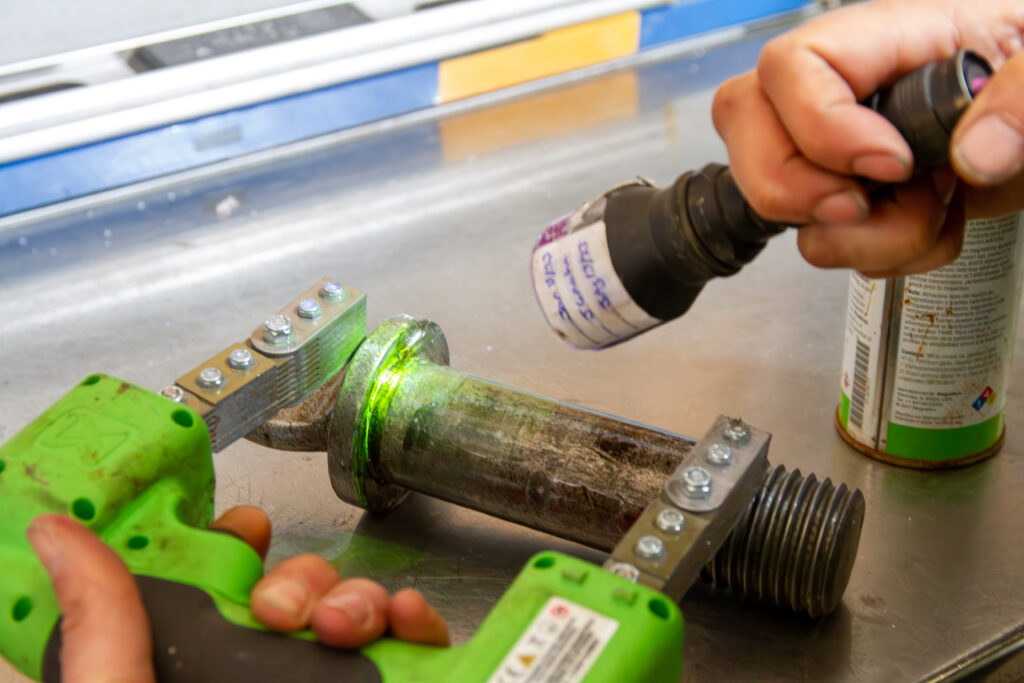
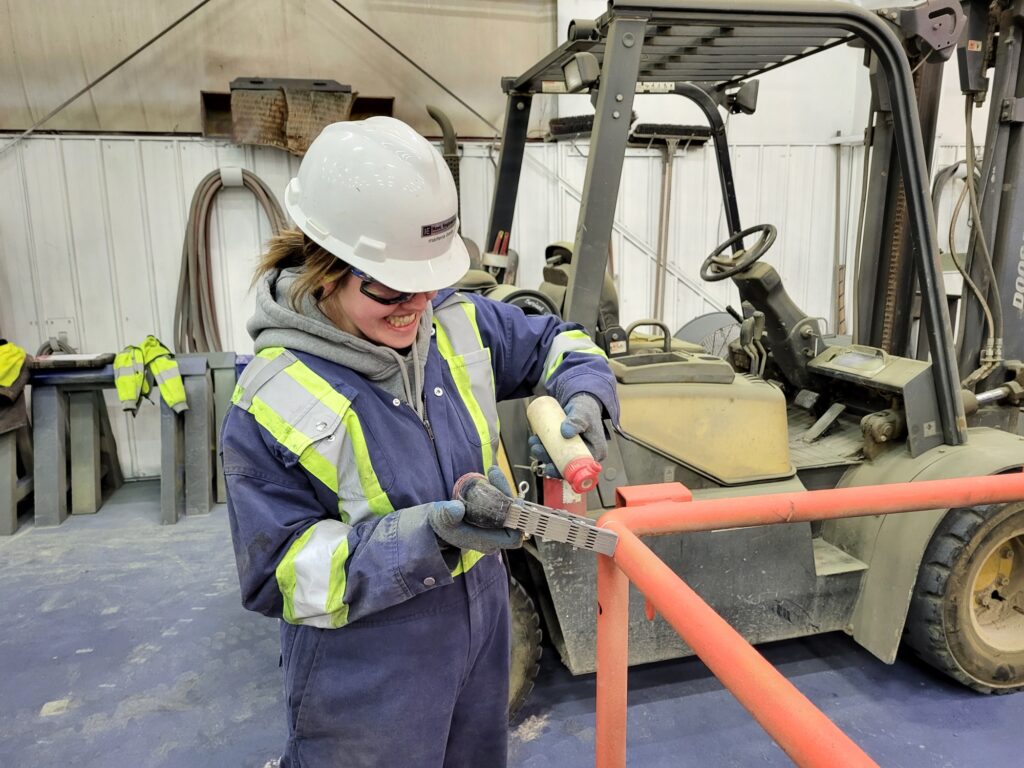


30+ Years' Experience

40,000+ Projects Completed

1500+ Clients Served

80+ NPS Score
Testimonials
